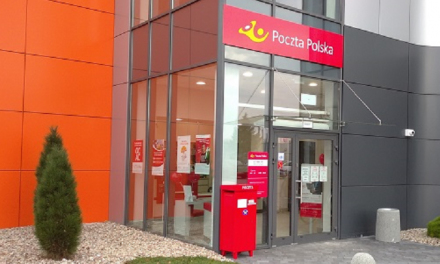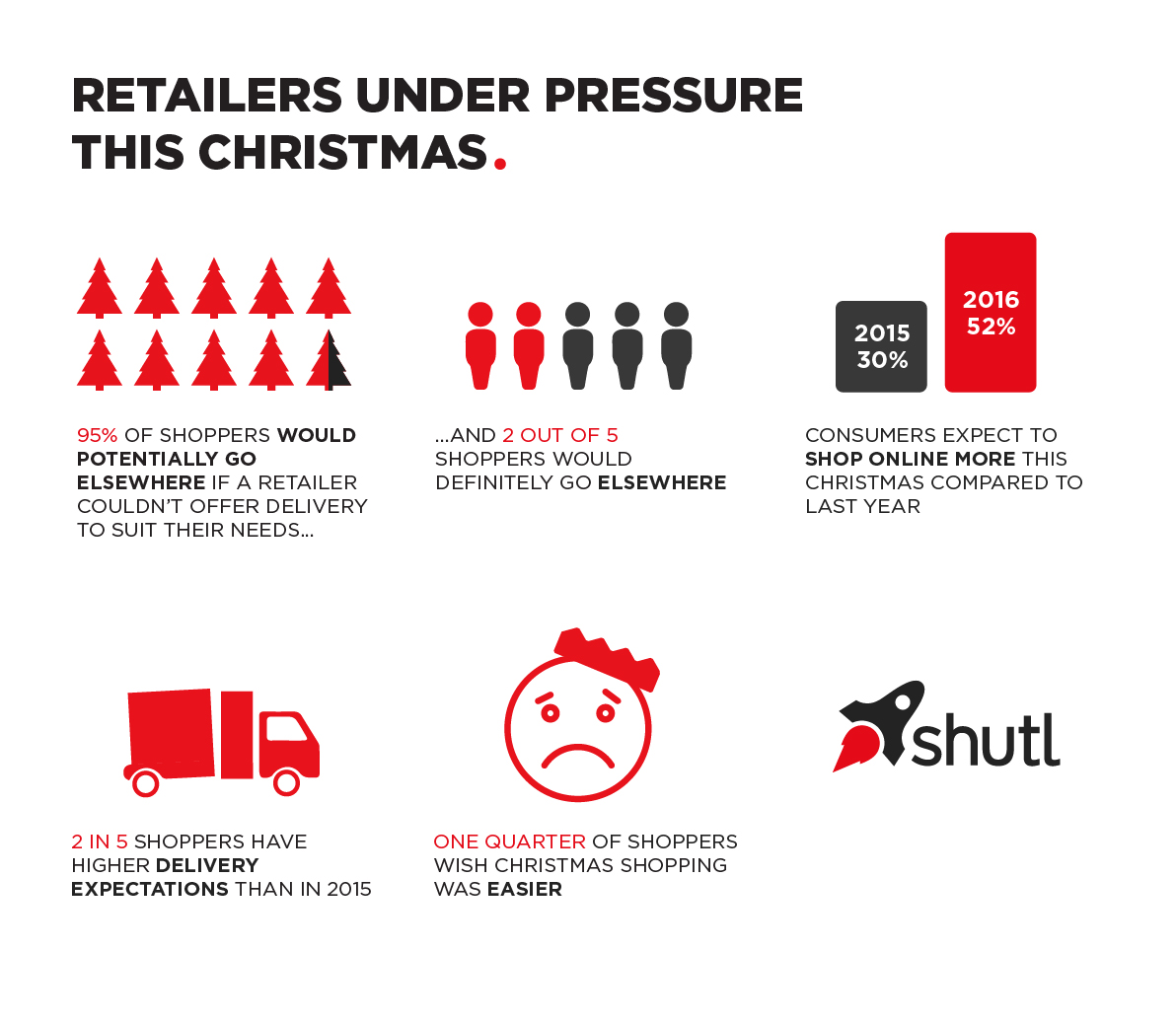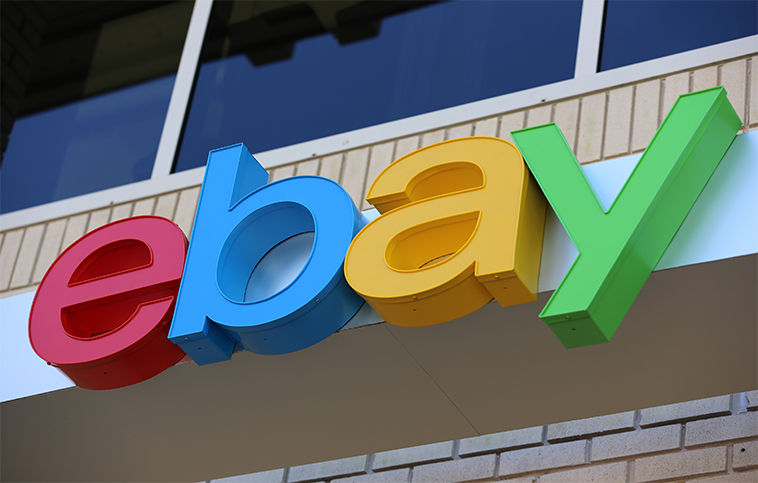
Delivery is key

Jason Tavaria, Head of Direct, Shutl, advises retailers that delivery is set to become the key differentiator. As the retail sector fast approaches the shopping peaks seasons of Black Friday and Christmas, the pressure mounts to ensure that processes can cope. Are we set to see a repeat of last year’s Black Friday headline – from websites crashing due to too much traffic; to customers fighting in-store over bargains; to delivery firms being unable to cope with the increased demand being placed on their infrastructure?
One thing we can say for sure is that customers are becoming more savvy in getting what they want, when they want it, particularly amongst younger shoppers.
Generation Z leading the charge
Indeed, a recent survey of 2000 UK consumers, carried out by Red Dot Research on behalf of Shutl, found that almost twice as many (60 percent) 18-24 year olds than 45-54 year olds (33 percent) have higher expectations of retailer delivery performance compared to two years ago. If this trend continues, expectations will be even higher as today’s teenagers, often referred to as Generation Z, become the shoppers of tomorrow.
The two-three day delivery window that older generations have become accustomed to will seem archaic to shoppers who have grown up downloading entertainment in seconds.
If they haven’t already, now is the time for retailers to sit up and take note, especially given that 86 percent of 18-24 year olds stated in the same survey that delivery options are a key factor influencing their choice of retailer when buying online.
Delivery is taking centre stage, moving from being a necessary service to becoming a key competitive differentiator.
Before any CFOs or COOs balk at the thought of a more sophisticated delivery service, they should take a step back and explore what’s in it for them.
Getting delivery right
‘Last mile’ delivery – where the goods finally reach the hands of the customer – economics ultimately depends on the density of calls that a driver can make in a given time period. The cost of delivery equates to the cost of the driver’s wages, vehicle costs and fuel. The more deliveries that can be made in a given timeframe, the lower the cost of unit delivery – it’s not rocket science. A number of factors determine the density of delivery. For example, the closer together the number of drop-offs and how easy it is for a driver to physically off-load and deliver the item. Large items that require mechanical support to off-load them from the vehicle will take longer than something that can be picked up and delivered by hand.
Other external factors such as traffic speed limits, road works or parking restrictions can also contributed to the maximum number of stops that can be achieved. One of the biggest problems however is what happens when a recipient is not in to accept the delivery.
Packages can be left either in a safe place or with a neighbour but both of these options risk items either going, or claimed to have gone, missing.
Alternatively, parcels can be returned to the depot which, because this incurs additional journey time and handling, adds to the overall delivery cost. Each re-delivery attempt incurs more cost which, in most cases, can’t be recouped from the end customer. There’s also the added risk that the more the parcel is trafficked around and handled, the higher the chance of it becoming damaged.
Delivery in the hands of the customer
To counter this and reduce the likelihood of a missed delivery in the first place, retailers should consider offering a choice of a specific delivery time slot at the point of purchase or allow recipients to stipulate where to leave a parcel if they know they won’t be in.
Shutl’s research suggests that customers are crying out for such measures. Three quarters of respondents said that they would shop online more often if they were in control of more convenient delivery options and 91 per cent of shoppers saying that they would value a timed delivery slot.
As the new generations of shoppers bring increased expectations, delivery can take centre stage offering an unprecedented level of customer service, while simultaneously facilitating more efficient processes.












